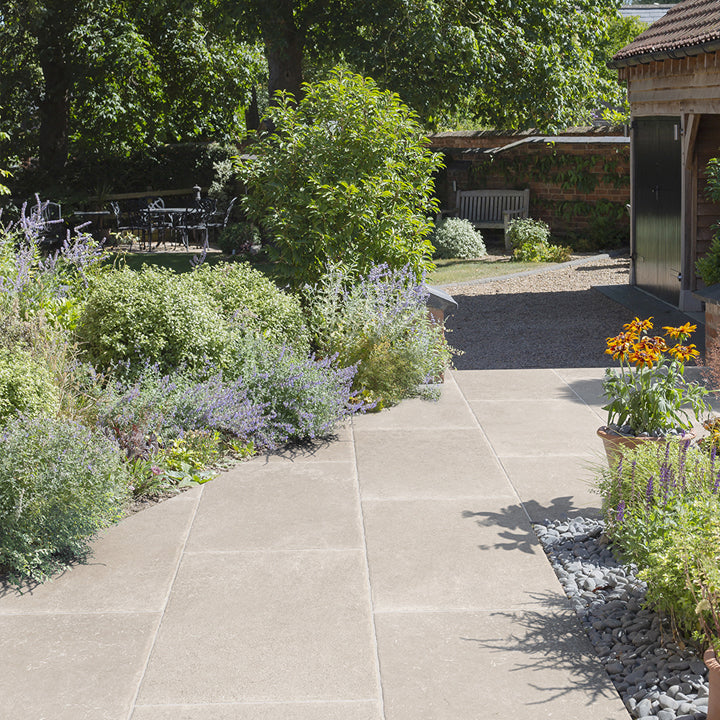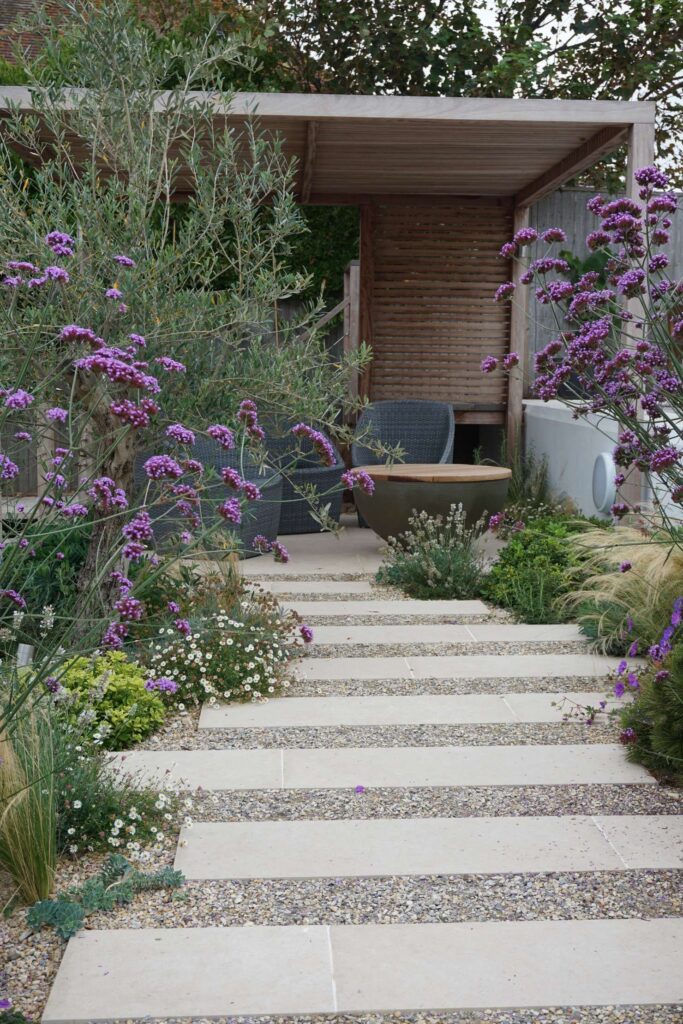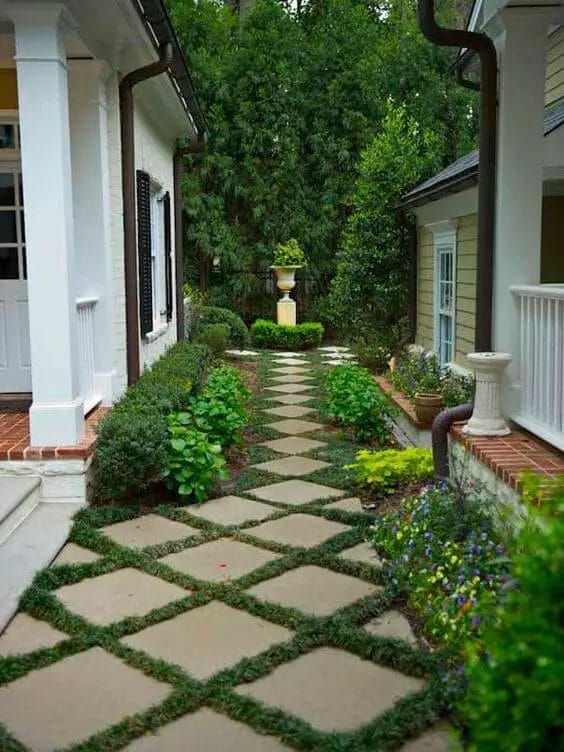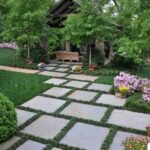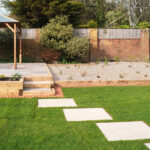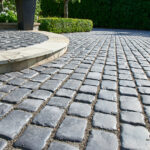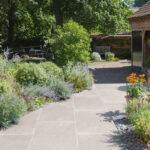Garden paving is an essential element of any outdoor space, providing both functionality and aesthetic appeal. From practical pathways to stylish patio areas, paving can transform a garden into a beautiful and inviting oasis.
When choosing garden paving, there are a variety of materials to consider, each with its own unique benefits and drawbacks. Popular options include natural stone, concrete, brick, and gravel. Natural stone, such as limestone or sandstone, is a luxurious choice that adds a touch of elegance to any garden. Concrete is a versatile and affordable option that can be customized to suit any design aesthetic. Brick is a classic choice that adds charm and character to outdoor spaces. Gravel is a low-maintenance option that provides a rustic and casual look.
In addition to choosing the right material, it is important to consider the design and layout of garden paving. The placement of paving can create visual interest and define different areas of the garden. For example, a curved pathway can lead visitors through the garden and create a sense of exploration. A patio area can be created for outdoor dining or entertaining, while a seating area can be designated for relaxation and contemplation.
Proper installation is key to ensuring the longevity and durability of garden paving. It is important to prepare the ground properly, ensuring a level and stable base for the paving materials. This may involve digging out the area, laying a foundation of gravel or sand, and leveling the surface before laying the paving stones or bricks. Hiring a professional landscaper or contractor can help ensure that the paving is installed correctly and will last for years to come.
Maintaining garden paving is relatively simple but important to preserve the beauty and functionality of the outdoor space. Regular cleaning and sweeping can help prevent the buildup of dirt, debris, and weeds between the paving stones. Sealing the paving with a protective sealant can also help prevent stains and damage from weather exposure. Additionally, repairing any cracks or loose stones promptly can help prevent further damage and ensure the longevity of the paving.
In conclusion, garden paving is an essential element of any outdoor space, providing both functionality and aesthetic appeal. By choosing the right material, design, and layout, as well as ensuring proper installation and maintenance, garden paving can enhance the beauty and enjoyment of a garden for years to come.
